Binmaster 3d level scanner
DASTEC S.R.L. - Soluciones en medición y control.
Analítica de gases
Analítica de líquidos y procesos
Caudal, nivel, presión, humedad y pesaje
Detectores gases y protección personal
Oil & gas
Alimenticia
Pulpa y papel
Minería y agregados
Laboratorios analíticos
Calidad de aguas, hidrología y meteorología
Agroindustria: Humedad y caudal
Ahorro de energía - Reducción de consumos
Realidad Aumentada - IOT
Ir a la sección de Notas de Aplicación y Casos Exitosos > >
Ir a la sección de Novedades y Eventos > >
EXPLORE POR INDUSTRIA
Elija la industria para conocer los productos y aplicaciones
Aguas: Calidad y tratamiento
Alimenticia
Bebidas
Construcción
Energía
Energías Renovables
Farmacia y cosmética
Laboratorios
Marítima, portuaria y barcos
Metalúrgica
Minería y Agregados
Oil & Gas
Petroquimica
Polímeros y Elastómeros
Pulpa y papel
Química
Refineria
SERVICIOS Y ASISTENCIA TÉCNICA
Reparaciones, repuestos, calibraciones, manuales, guías y más.
Servicio y Soporte >>
Ingeniería y Proyectos >>
Documentación >>
Certificación >>
Post-venta Detectores >>
Servicio Técnico >>
Laboratorio de calibración de caudal >>
3DLS | 3DLevelScanner
3D Level Scanner, only level sensor that measures multiple points on a material’s surface.
Share on facebook
Share on twitter
Share on whatsapp
Share on email
- Description
- Applications
- Features
- Specifications
- Literature
BinMaster’s 3D Level Scanner, also known as a 3D Solids Scanner, is the only level sensor that measures multiple points on a material’s surface, providing continuous, non-contact inventory volume measurement that accounts for irregular material topography. This advanced acoustics-based technology is proven to perform in powders and bulk solids contained in bins, silos, domes, warehouses, as well as open bunkers and piles. Unique 3D mapping capabilities provide a visual representation of bin contents, detecting cone up or down as well as sidewall buildup.
This advanced acoustics-based technology is proven to perform in powders and bulk solids contained in bins, silos, domes, warehouses, as well as open bunkers and piles. Unique 3D mapping capabilities provide a visual representation of bin contents, detecting cone up or down as well as sidewall buildup.
| Item Code | Description |
| BC- 730-0560 | 3DLevelScanner-M (3DLS-M)with 7.67” diameter horn, 20-36 VDC, 4-20 mA output / Hart protocol, and RS-485 communications. Accurate readings of level and volume of stored materials based on a 70º beam angle. Wider beam angle is appropriate for silos up to 45’ in diameter and 200’ tall, and where improved accuracy in smaller silos is required. Unit comes with internal LCD display and 3DVision software. Hazardous location approved, FM listed for Class I, II, Division 1, Groups C, D, E, F & G. One year warranty. |
| BC- 730-0561 | 3DLevelScanner-MV (3DLS-MV) with 7.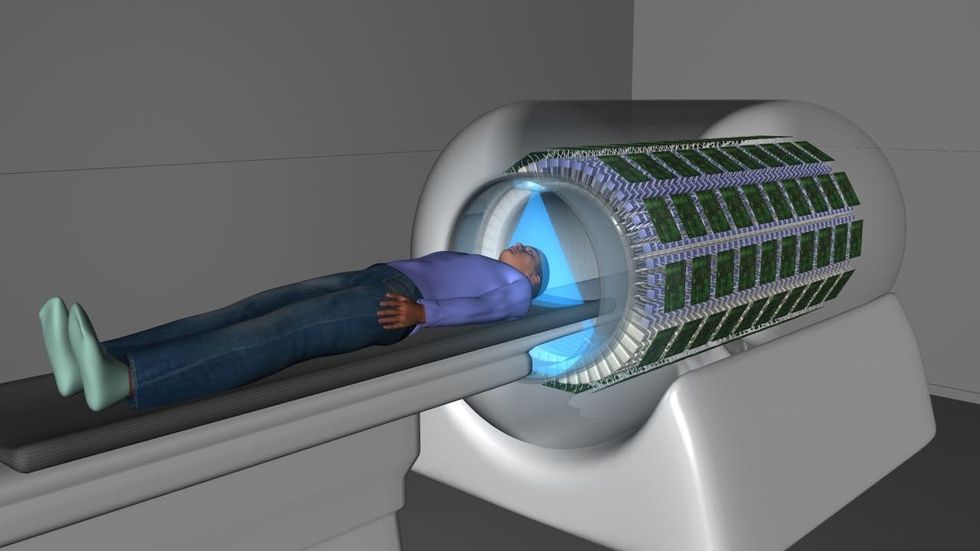 67” diameter horn, 20-36 VDC, 4-20 mA output / Hart protocol, and RS-485 communications. Accurate readings of level and volume of stored materials based on a 70º beam angle. Wider beam angle is appropriate for silos up to 45’ in diameter and 200’ tall, and where improved accuracy in smaller silos is required. Identical to the Model 3DLS-M, with the addition of a special tool that allows 3D graphical representation of the stored contents for display on a remote computer screen. Unit comes with internal LCD display and 3DVision software. Hazardous location approved, FM listed for Class I, II, Division 1, Groups C, D, E, F & G. One year warranty. 67” diameter horn, 20-36 VDC, 4-20 mA output / Hart protocol, and RS-485 communications. Accurate readings of level and volume of stored materials based on a 70º beam angle. Wider beam angle is appropriate for silos up to 45’ in diameter and 200’ tall, and where improved accuracy in smaller silos is required. Identical to the Model 3DLS-M, with the addition of a special tool that allows 3D graphical representation of the stored contents for display on a remote computer screen. Unit comes with internal LCD display and 3DVision software. Hazardous location approved, FM listed for Class I, II, Division 1, Groups C, D, E, F & G. One year warranty. |
- Suitable for pellets, granulars, powders, and most other bulk solids
- Bin, tanks and silos where the material surface has uneven topography
- Grain, seed, feed, and food processing
- Ethanol, bioenergy and power plants
- Aggregates and cement
- Mining and metals
- Chemical processing and plastics manufacturing
- Pulp, paper, and wood pellets
- Continuous and non-contact measurement
- Measures uneven powder or solid material surfaces
- Detects cone up, cone down, and sidewall buildup
- Provides minimum, maximum, and average distances
- Performs in extreme levels of dust
- Calculates highly accurate bin volume
- Communications include 4-20/HART, Modbus RTU, TCP/IP and RS-485
- Measuring range up to 200 feet
- Self-cleaning with minimal maintenance
Preferred Applications: Powders and solids
Measuring Range: 200 feet (61 meters)
Process Temperatures: -40°to +185°F (-40°to +85°C) Standard
Process Pressure: -0. 2 – 3 bar (-2.9 to 14.5 psi)
2 – 3 bar (-2.9 to 14.5 psi)
Signal Output: 4-wire 4 – 20 mA/HART/RS-485/Modbus
Emitting Frequency: 3 KHz to 10 KHz
Supply Voltage: 20 to 32 VDC
Power Consumption: Max 1.5 W @ 24 VDC
Hazardous Locations: CFM Intrinsically Safe Class I, II, Division I, Groups C, D, E, F, G (US & Canada)
Subscribe to Newsletter
Features
- Overview
- Design
- Programming
- Collaborate
- Coming Soon
Get Started
- Tutorials
- Resources
- Guides
- Examples
- Docs
Payment Gates
We do accept following cards online and over the phone.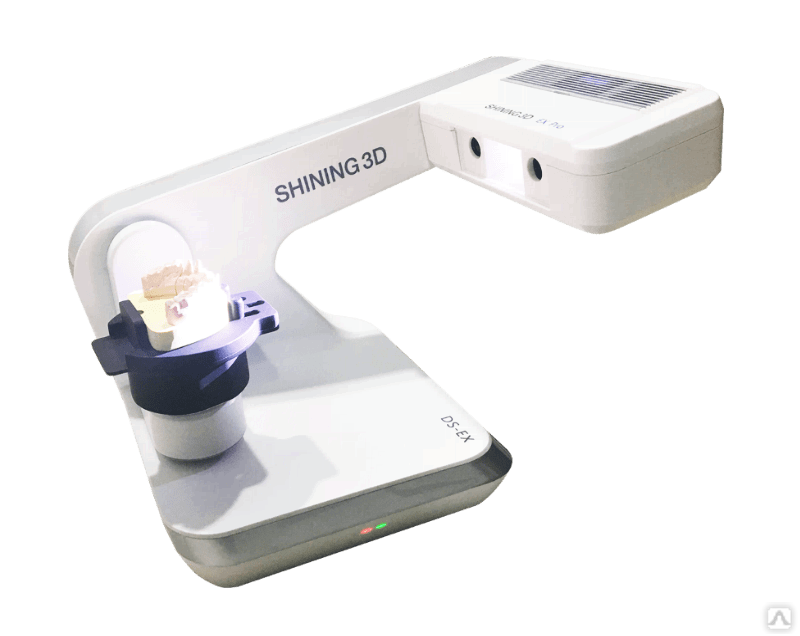
Contact
- Unit 4, 3 Neutron Place Rowville, Victoria 3178 Australia.
- 1300 662 720
- [email protected]
Industry
Brands
Payment Gates
We do accept following cards online and over the phone.
Contact
Pacific Sensor Technologies Pty Ltd
is an ISO-9001 (2015) Certified Company.
Industry
Brands
Payment Gates
We do accept following cards online and over the phone.
Contact
Pacific Sensor Technologies Pty Ltd
is an ISO-9001 (2015) Certified Company.
Industry
Brands
Payment Gates
We do accept following cards online and over the phone.
Contact
- 1300 662 720
© All rights reserved
Facebook-f Youtube Linkedin
Web Design Melbourne and SEO Melbourne by PMGS
Facebook-f Youtube Linkedin
Web Design Melbourne and SEO Melbourne by PMGS
- © All rights reserved
Facebook-f Youtube Linkedin
Web Design Melbourne and SEO Melbourne by PMGS
- © All rights reserved
Facebook-f Youtube Linkedin
Web Design Melbourne and SEO Melbourne by PMGS
3D Scanners Take Silo Volume Measurement to the Next Level
Highlights
Listen to this Article
Advanced Non-Contact Silo Solids Volume Measurement Technology
There are many devices on the market today for measuring solids and powders in silos. Many devices will only alert when material reaches a certain high or low level in the hopper.
Many devices will only alert when material reaches a certain high or low level in the hopper.
__________________________________________________________
Enjoying this article?
Subscribe to PII magazine, email newsletters and podcasts - for free!
Join 25,000 readers from all over the world!
Subscribe
These point level devices, such as rotary, are very affordable and reliable. They will prevent the silo from overflowing, but do not provide an accurate inventory. Rather, they simply warn of an impending overflow so you can stop the process, which can create a cleaning nightmare.
Continuous sensors such as non-contact radar, guided wave radar, as well as devices with a lifting cable or a plumb bob measure the level of the material in only one place in the silo.
Many hard materials tend to accumulate unevenly and create uneven topography.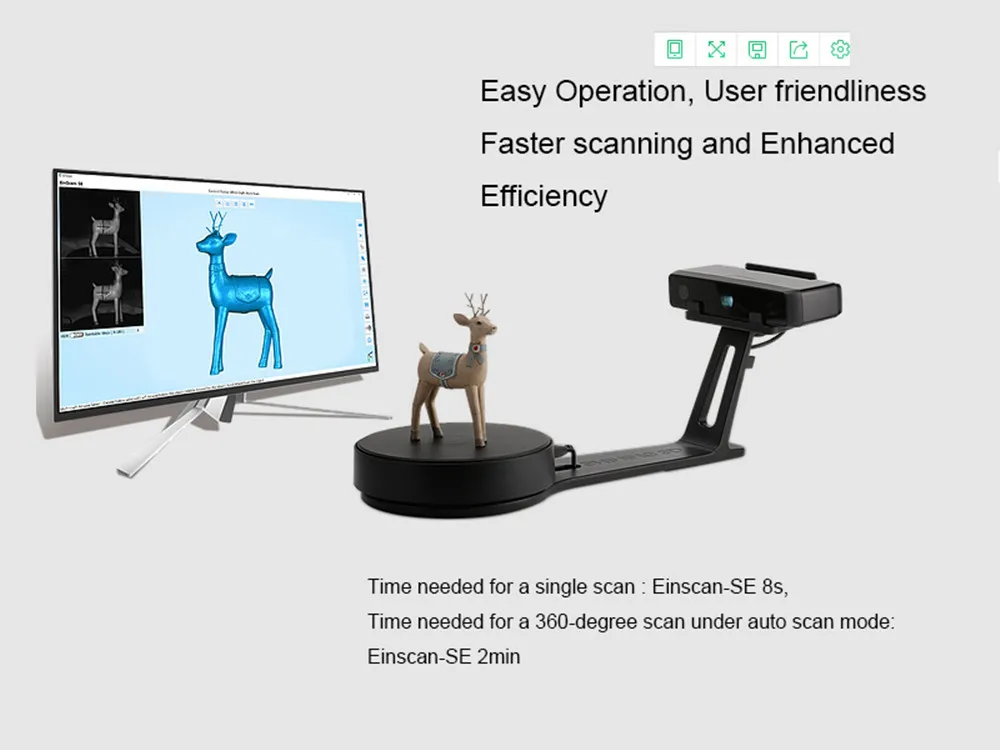 As a result, one measurement point may not represent how much material is available, depending on the measurement location. This is the result of an inaccurate inventory volume.
As a result, one measurement point may not represent how much material is available, depending on the measurement location. This is the result of an inaccurate inventory volume.
How 3D scanners measure
The measuring range starts 19 inches below the process connection thread (upper dead zone). Unlike any other technology, 3DLevelScanner takes measurements at multiple points in the bunker. These points detect the uneven topography of the material to determine the volume of material in the bin. The measurement points are not simply averaged to calculate the volume of the bin. Instead, the advanced algorithm assigns a "weight" to each point to determine the true volume of material in the bin.
Solids and powders are materials that are difficult to handle. Many are dirty and dusty, making some types of sensors useless or unreliable in harsh environments. Some are heavy and uneven, which can cause damage to guided wave radars or load cells and cables.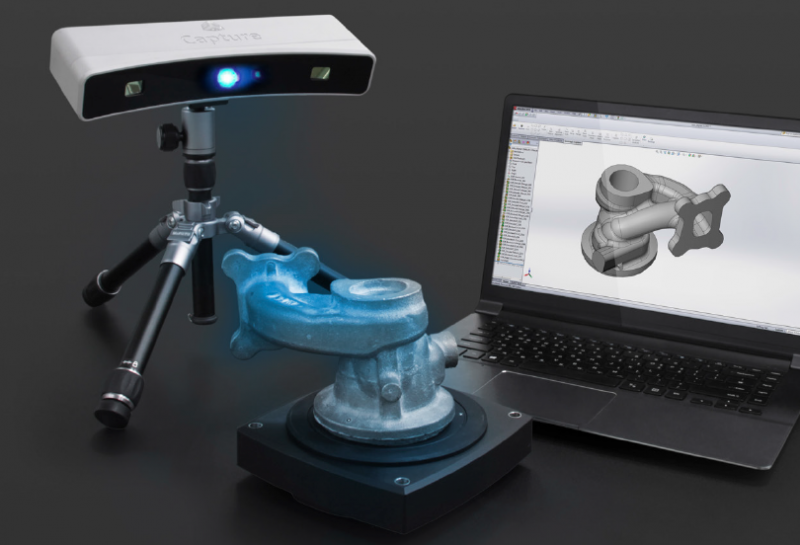
Materials that accumulate randomly and are difficult to flow make it difficult to determine what is actually left in the silo. This is why sometimes there is not enough level data from one measurement point to calculate reserves.
Today's 3D scanning technology is a game changer when it comes to inventory accuracy. These sensors continuously measure and display the surface of the material, providing real-time inventory monitoring. The technology is non-contact, so there is no risk of damaging the sensor with heavy material.
Acoustic-based technology penetrates dust so it works reliably in dirty, dusty silos. In addition, 3D technology is much more accurate than any single-point measuring device, as it takes into account the irregularities on the surface of the material.
Multi-point measurement really matters
The advanced acoustic technology used in 3DLevelScanners, also called 3D Solids Scanners, is very different from other types of level sensors.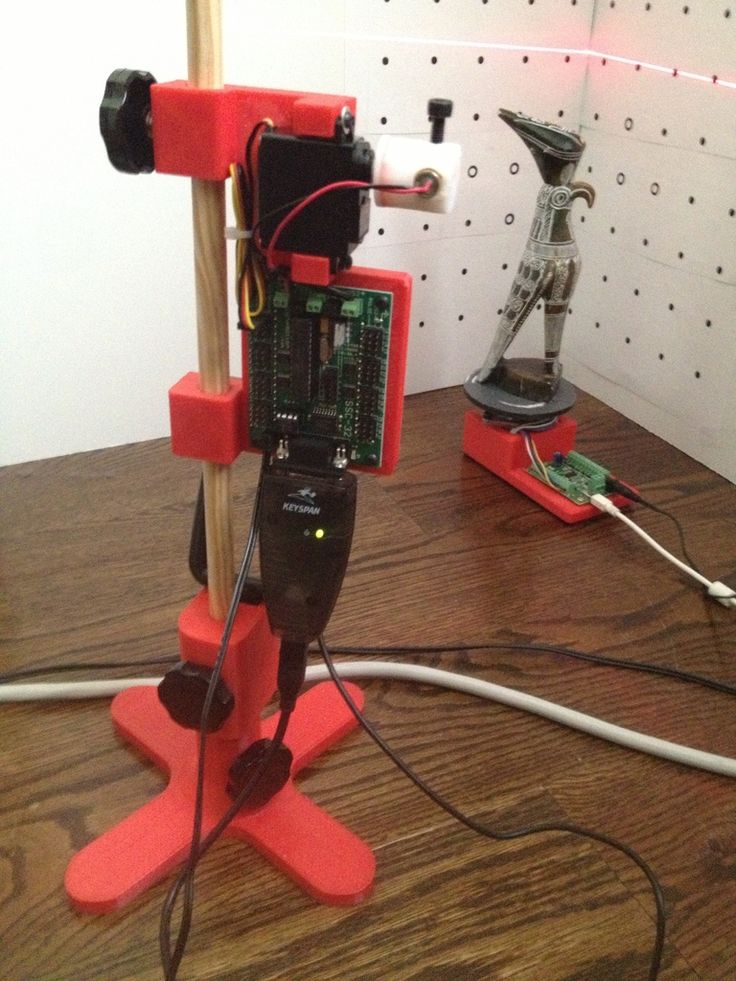 As the name suggests, these devices scan the surface of the material to take multiple measurements, taking into account high and low points in the silo.
As the name suggests, these devices scan the surface of the material to take multiple measurements, taking into account high and low points in the silo.
The surface scan also detects conditions such as cone up or cone down, and buildup that may be present along the side of the vessel. Data from multiple measurement points is processed using advanced firmware and algorithms, and combined with silo parameters loaded into the software, a highly accurate volume estimate is provided. Additional data is also provided, such as the highest, lowest, and average level of the material.
Reliable in heavy dust
One of the biggest problems in silos is excessive dust, which can make some types of sensors inaccurate or unreliable until the dust settles.
Operating at very low frequencies, the 3D scanner is not bothered by dust and can work stably and reliably regardless of vessel conditions.
This technology has been proven in many different difficult materials including flour and many food products, as well as in the energy and mining industries to measure materials such as fly ash, ores, alumina powder, carbon black, limestone, manganese, dolomite, bentonite , silica granules, talc.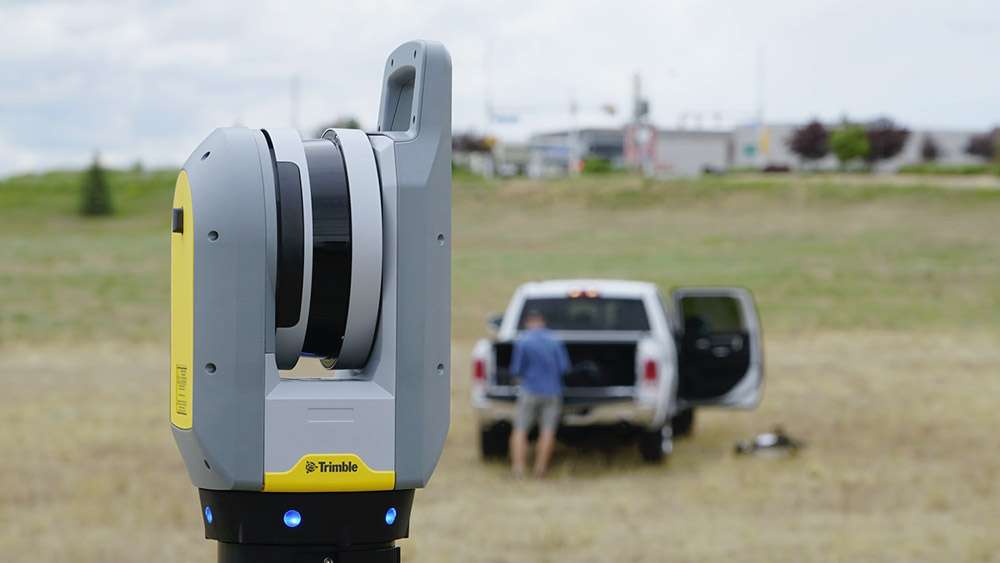 powder and all types of sand, including crushed stone or quartz sand.
powder and all types of sand, including crushed stone or quartz sand.
Great security measure
When inventory is fully automated, there is no need to climb the silos to take measurements. This not only saves time, but also eliminates the risk of falls and related injuries, as well as the hassle of insurance and paperwork associated with accidents.
Mills today comply with strict safety regulations regarding lifting and entering silos and risk heavy fines if violations are found. Installing an automated inventory system allows you to manage material flows from a computer in the safety of the office.
Get the best inventory management
PROS
- Multiple dimension
- Continuous measurement of
- Non -binding technology, and it measures uneven surfaces of solid materials
- .
- Provides minimum, maximum and average distance
- Operates in extreme dusty conditions
- Calculates silo volume with high accuracy by plotting multiple measurement points on the surface of the material
- Measuring range up to 200 feet
- Self-cleaning with minimal maintenance
- Models available for high temperature applications
- Automatic temperature change compensation
- Analog and digital communication options
- Network PC software available for monitoring multiple vessels
- Creates a 3D representation of the material surface
- Wireless interfaces are available to reduce the need for cabling.

- Approved for use in hazardous areas
- Not affected by material characteristics or low dielectric constants
CONS
- Excessive background noise can affect acoustic performance.
- Installation requires care to mount the sensor in the correct location and display tank dimensions accurately.
- Time required to process multiple echoes limits sample rate
- Corrugations in small vessel walls can cause false echoes
- Not recommended for materials with bulk density less than 11 lb/cu. feet by absorbing acoustic pulse
A busy plant requires real-time inventory to ensure operational and financial efficiency. This helps improve inventory turnover to make room for deliveries entering silos and preparing loads for trucks or trains bound for customers.
3D scanners offer PC software that can be accessed from one location or across the entire enterprise. The MultiVision software allows you to monitor inventory in one or all bins and allows you to keep a historical inventory report on each vessel.
Self-cleaning sensor minimizes maintenance
The unique design and materials used to make the 3D scanners ensure that the surface will resist the accumulation of airborne dust particles on top of the silos. In addition, the acoustic pulses emit a “chirping” sound that resonates and creates an almost imperceptible vibration that helps keep the inside of the scanner clean. This way the sensor stays clean and works without the need for an air purge at the top of the tank, which can be costly.
Proximity sensor will not be damaged
With the acoustic sensor, nothing comes into contact with the material, making it very reliable when working with heavy lumpy materials. There is no risk of equipment getting stuck in deep material or flaking off and damaging structure or equipment at the bottom of the silo.
No need to replace sensors or cables that wear out over time. Avoiding material contact helps ensure a long service life with minimal cost and preventive maintenance.
Level and volume models
3D scanners, like most other measurement devices, come in many different models and offer a wide range of options to adapt the device to the application.
In order to select the right model for your application, it is extremely important to communicate your expectations for the technology and how you plan to use the data you receive from the device. Many factories are geared towards a very high level of inventory accuracy.
The accuracy of a 3D scanner depends on several variables, starting with information about the size of the vessel, the presence of structure within it, and the material that is being measured. The installation location is also important because the scanner technology measures multiple points, so the device must have a clear view of the surface of the material.
The simplest and most affordable scanner model is called RL, which is short for Reliable Level. This model measures material with a narrow beam directly below the device, penetrating high levels of dust and working where other types of non-contact level sensors become unreliable or inaccurate.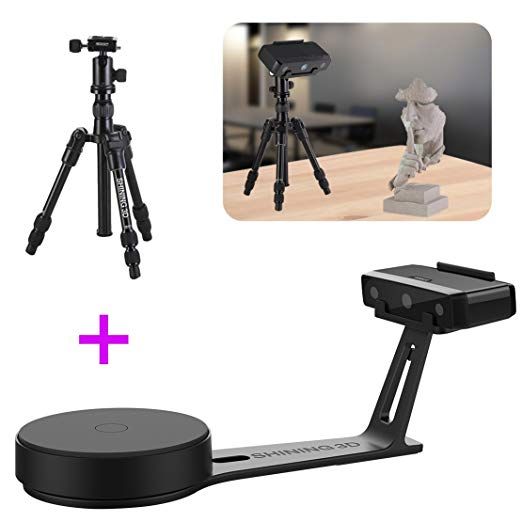
This model is most often used when constant, highly reliable level measurement data is required. This model is often used in applications that are less prone to excessive buildup and narrow or smaller bins.
Model M measures at a wider beam angle of 70°, making it suitable for larger diameter silos and silos with uneven material topography. It also generates additional data including minimum, maximum and average distance based on multiple measurements. Due to its ability to scan the material surface and take into account irregularities, it can provide a very high level of volume measurement accuracy in silos up to 45 feet in diameter.
At the top of the range is the MV, which does everything M does, plus adds a unique visualization feature. Using sophisticated algorithms and a lot of processing power, this model generates a 3D image that shows where the top and bottom points are in the bin, shows if the cone is up or down, and detects build-up on the sidewalls.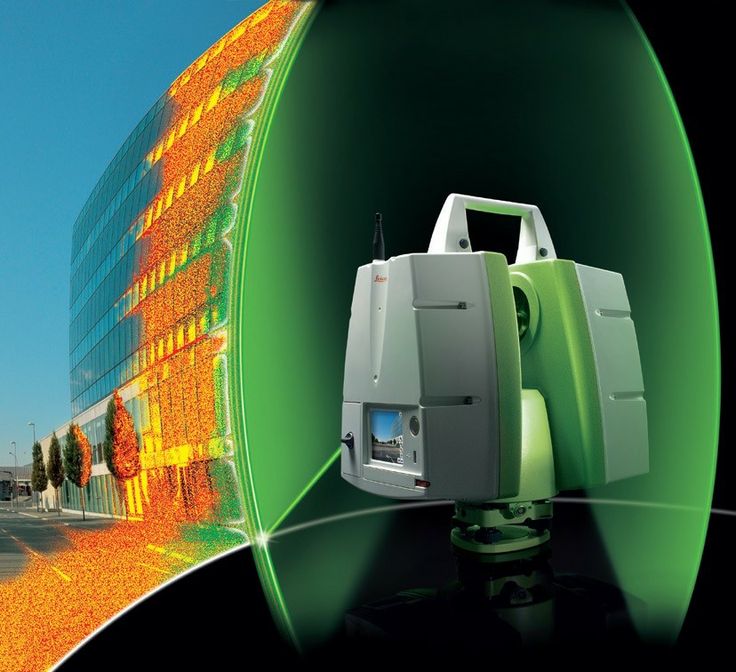 This optional feature can be used to manage filling and emptying points and to determine if maintenance is required to remove deposits. This model is often used in large silos where materials are stacked unevenly.
This optional feature can be used to manage filling and emptying points and to determine if maintenance is required to remove deposits. This model is often used in large silos where materials are stacked unevenly.
Other measures to improve accuracy Several 3D scanners are used to ensure volume accuracy in large diameter silos.
If the hopper is very wide or large, two or more scanners can be combined into a multi-scanner system. By adding a controller that synchronizes measurements from all scanners in a bin, the MVL model can provide very high volume measurement accuracy in very large diameter bins.
The number of scanners required to fit into a bin is determined by the size of the bin and the desired level of accuracy. MVL also generates a 3D rendering of the material surface based on measurements taken from all scanners.
Silos can be a tricky structure to measure and often have some surprises that need to be "fixed" a bit.![]() For example, sometimes there is a structure at the top of the bin so the measuring device may try to measure the structure rather than the material.
For example, sometimes there is a structure at the top of the bin so the measuring device may try to measure the structure rather than the material.
Neck extensions have been designed for scanners that allow them to clear the structure and see beyond to get an accurate measurement of the material. Angle mounting flanges are designed to keep the unit level, while angle mounting adapters can be used when it is necessary to guide the unit into a problem bin.
Measure material stacked in domes
Not only for silos, today scanners are the only type of level sensor that can provide inventory information for domes. Because of their sheer size, multiple fill and empty points, and irregular piles of material, there was simply no way to automate inventory management for these vast storage applications.
The use of multiple scanners strategically positioned over the material to cover the entire surface is an innovative way to assess inventory in dome storage. Advanced software combines all measurements from multiple scanners and displays them in 3D for material volume estimation.
Advanced software combines all measurements from multiple scanners and displays them in 3D for material volume estimation.
Caption: 3D scanners with multipoint measurement technology used in fissure sand domes.
Conclusion
3D acoustic based level sensors are revolutionizing inventory management by adding the ability to accurately estimate bin volume without even leaving the secure office.
Data from these devices improves operations in many ways, allowing for timely restocking and purchases, reducing safety stock, and making inventory estimates much more accurate.
For plant personnel, the 3D scanner has been a game changer, protecting personnel from climbing bunkers and making them more efficient. Scanners have really taken volume to a new level.
BinMaster Licenses Emerson 3D Solids Scanner and Software
About Us
BinMaster / Garner Industries is located in Lincoln, Nebraska, USA.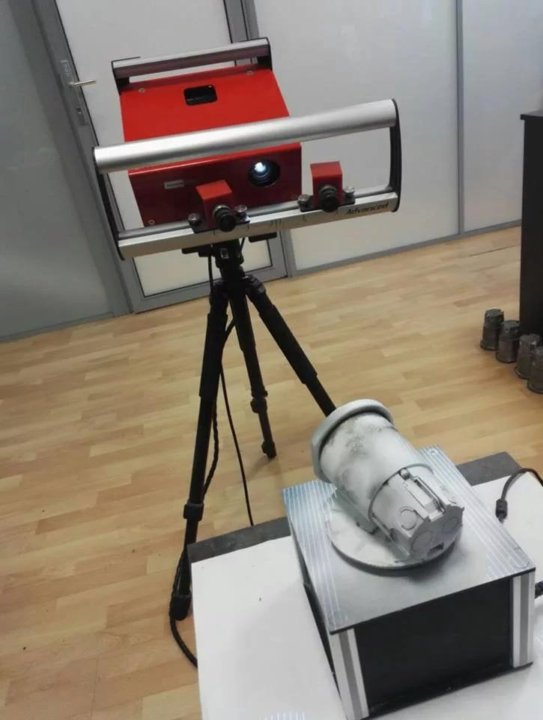
Operations that struggle with the challenges of inventory management and timely replenishment of all types of powders, bulk materials or liquids can monitor hopper levels on their smartphone, tablet or desktop computer with complete solutions from BinMaster. A complete set of continuous level sensors, point level indicators, inventory management and inventory monitoring devices and software simplify material management while protecting people from the risks associated with silo climbing.
Lincoln Nebraska, USA manufactures sensors and software used to control levels in bins, tanks, bins, chutes and bins. Continuous level measurement options include cable-based SmartBob, Guided Wave Radar, Laser, and 80 GHz non-contact radar, all of which are compatible with Binventory™ software. Battery operated wireless laser level transmitters are compatible with the BinView® or FeedView® web application for remote monitoring.
The unique 3DLevelScanner measures and displays material for accurate volume determination and is the only sensor to create a 3D image of the contents of a silo.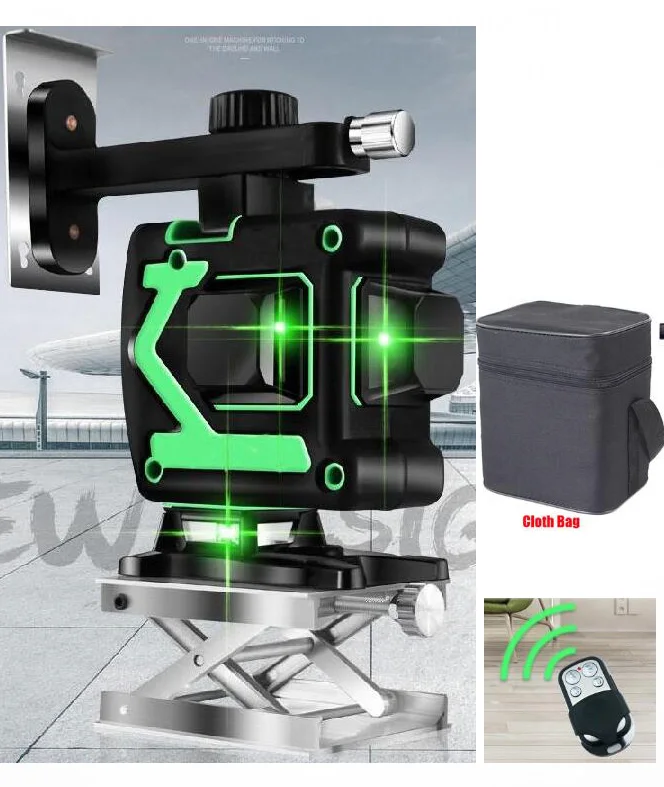 BinMaster is the exclusive global supplier of this unique technology and has been putting these sensors into service in silos containing powders and solids for over a decade.
BinMaster is the exclusive global supplier of this unique technology and has been putting these sensors into service in silos containing powders and solids for over a decade.
Point level indicators provide automatic level notification using rotors, diaphragm switches, capacitive probes, tilt switches and vibrating rod level sensors. Dust detection devices warn of leakage and unsafe particulate levels. Flow detection sensors prevent cross-contamination and help meet FSMA requirements for human and animal feed. Aeration Devices Keep powders and solids fluid so that they do not pack into hoppers, along hopper walls, or into a vessel cone.
Robust, custom systems can be designed for a single site or networked for every silo, tank and silo in a multinational operation. Add Pile Inventory Inventory Reports using images from iPhone or drone to your SaaS dashboard. Monitor your livestock feed inventory from your phone, tablet or PC using the FeedView® web app.
BinMaster is an American manufacturer certified to ISO 9001 quality management systems - requirements. For more information about BinMaster, visit www.binmaster.com.
For more information about BinMaster, visit www.binmaster.com.
What we do in a nutshell
BinMaster provides precise inventory management for processing plants where materials are stored in bins, tanks and silos.
Where we supply
UK, Ireland, Africa, Asia, Australia, South America, North America
Industries we supply
Chemicals, Power & Electricity, Food & Beverage, Glass Ceramics, Cement, Metals & Minerals , OEM, Paper & Pulp, Pharmaceutical Cosmetics, Toiletries, Plastics & Rubber, Recycling, Tobacco, Water & Wastewater
Something interesting you might not know about us:
BinMaster is a subsidiary of Garner Industries and has fully integrated CNC machining capabilities.
-
Monitor inventory in tanks and bins with BinCloud

